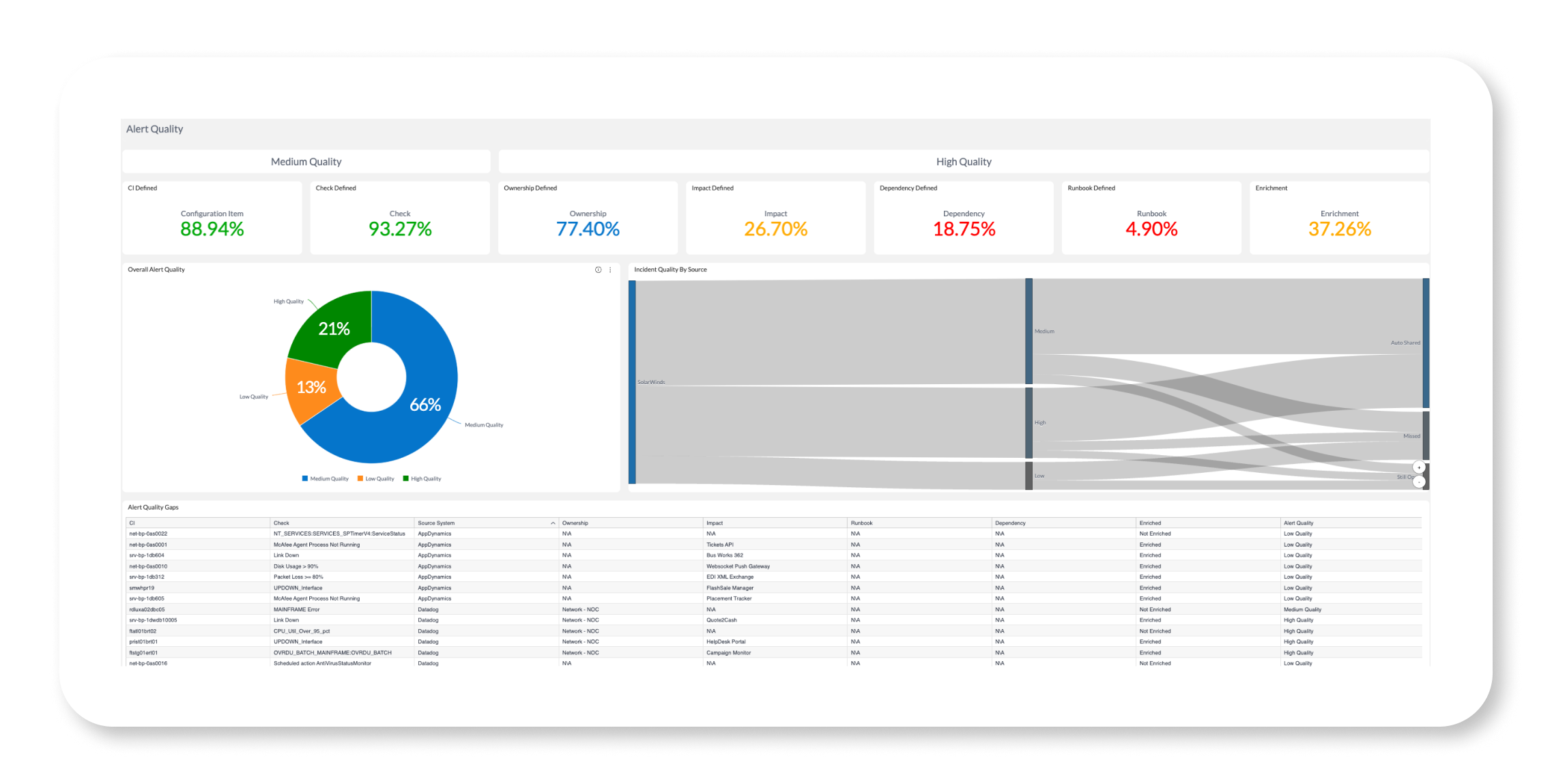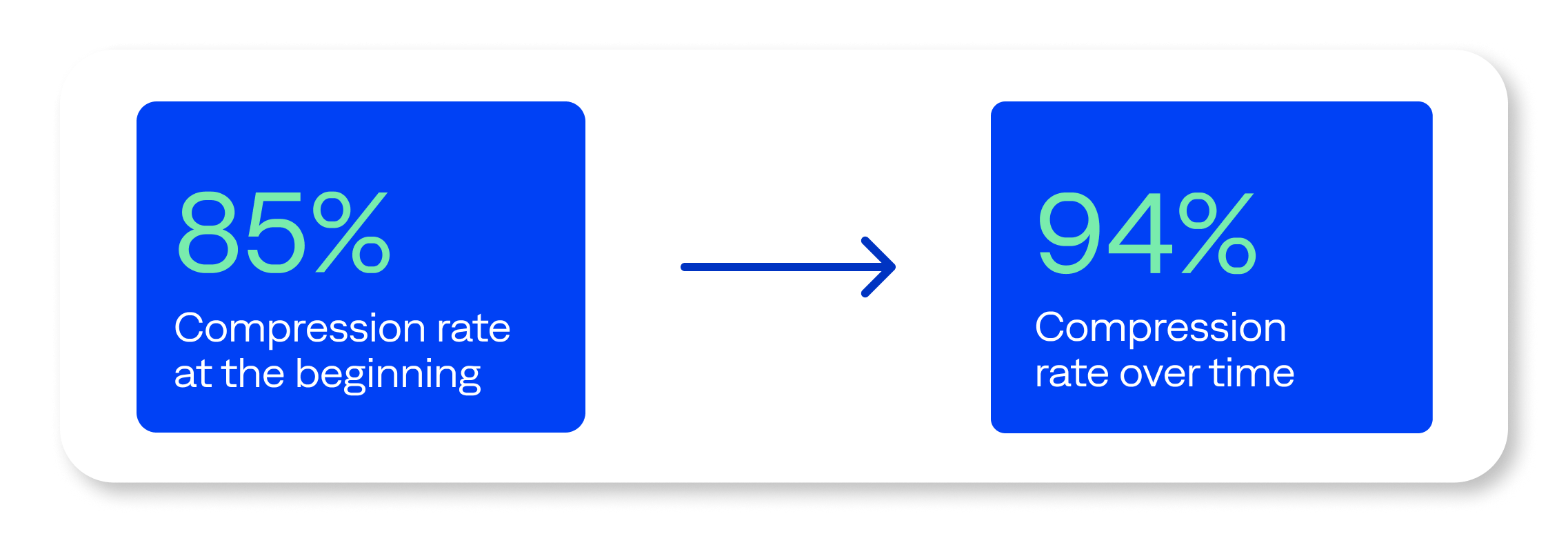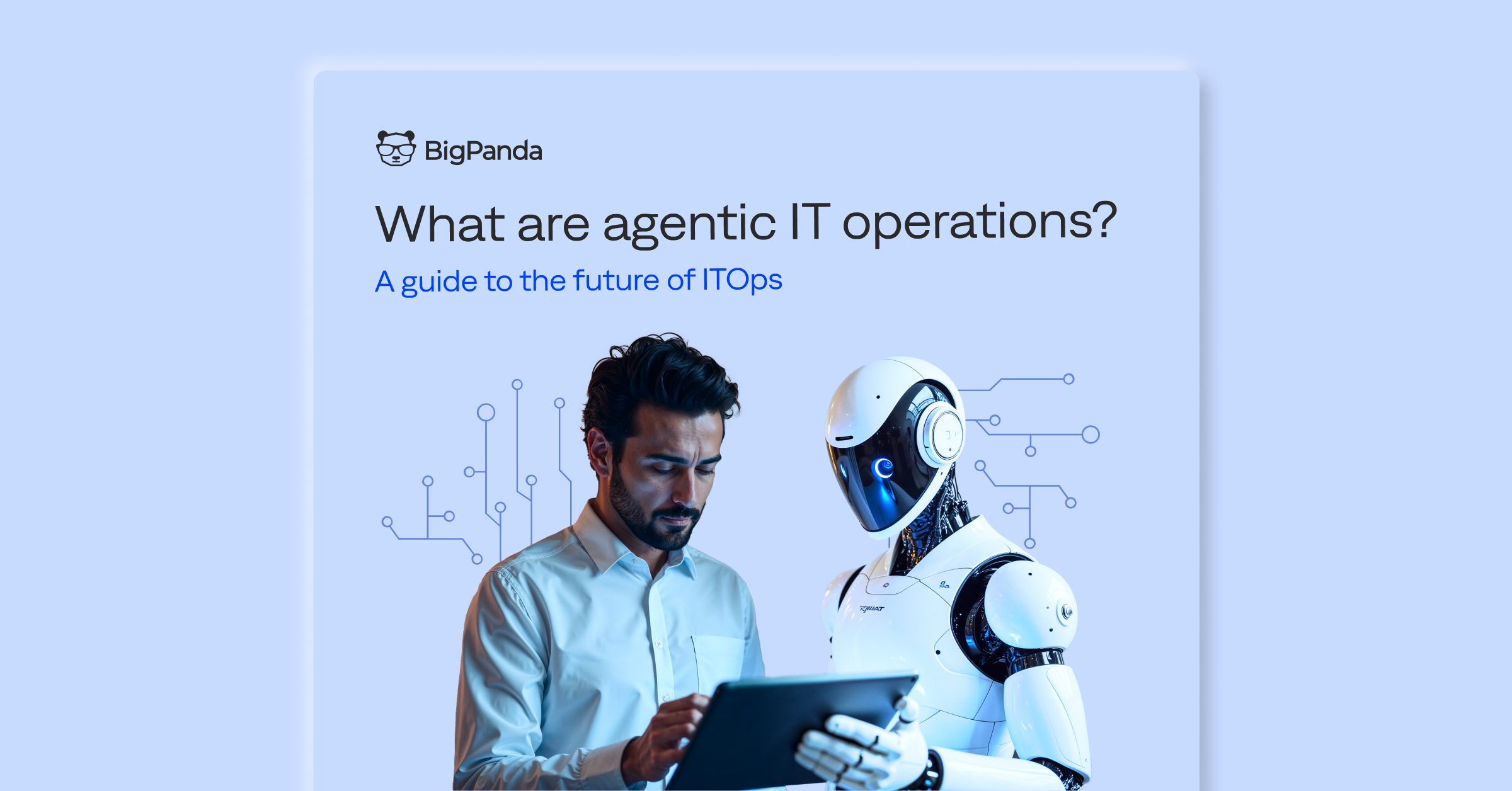Steps to AIOps maturity: Reducing alert noise

In a previous post, we discussed initiating your AIOps journey. Now, we’re exploring best practices for progressing through each phase of the maturity journey. In these posts, we’ll focus on how to get started, proven techniques, key participants, and how to measure success.
Reducing alert noise with event management
Reaching higher levels of AIOps maturity requires a strong event-management foundation. In the EMA ServiceOps 2024 survey, 45% of respondents emphasized the importance of a platform for enterprisewide visibility and action.
Event management is crucial to reduce alert noise and create a centralized stream of actionable alerts. This improves team efficiency, reduces operational costs, enhances service availability, and prepares your organization to take advantage of AI in the future.
However, many ITOps organizations need help to create a single view of their IT environment. Disparate workflows, a mix of different tools, and siloed data generate a lot of noise, making it hard to distinguish between benign and critical alerts.
By setting up event management as outlined in Phase 1 of “A practical guide to AIOps maturity,” ITOps teams can achieve several benefits. Normalization and enrichment can help to:
- Unify information. Create a single source of truth across all monitoring and observability tools.
- Reduce alert noise. Filter, deduplicate, and normalize event data to provide a clear view of alerts and eliminate overwhelming noise.
- Add context. Enrich alerts with additional topological data to provide detailed context and actionable insights, enabling faster incident prioritization, root-cause analysis, and resolution.
- Speed incident response. Allow operators to act immediately on more context-rich alerts instead of spending time searching for details.
Setting up event management
Getting started with AIOps can be daunting. On average, organizations have more than monitoring and observability tools. An excess of applications contributes to constant tool sprawl with little derived value. However, setting up event management doesn’t have to be a heavy lift.
Our teams have identified several best practices while working with BigPanda customers to set up event management. For example:
- Don’t waste time. Start small with three to five sources. As you see success in the first two to three weeks, gradually ingest more data sources. BigPanda supports more than out-of-the-box integrations and custom inbound ingestion.
- Create a standardized tag model. Follow the BigPanda tag-naming requirements to ensure consistency. Communicate the standards across your team to simplify management.
- Configure enrichment maps. Import dynamic contextual information from external sources. Add it to matching alerts to improve quality and provide operators with information to quickly identify the root cause, improve workflows, and resolve incidents.
- Involve the right team. Involve the product owner, observability leader, and tool administrator early. Product owners handle tag mapping, observability leaders identify the need for alert data and normalization, and tool admins configure alert tools with the necessary data for BigPanda.
Defining success
Use BigPanda Unified Analytics to track the effectiveness of alert normalization and enrichment efforts. The alert quality dashboard identifies problems with mapping, normalization, and missing enrichment data that make alerts less actionable. When onboarding, aim for 85% alert compression of raw alerts that are processed into multievent alerts. On average, organizations typically achieve 94% event compression as they mature in their AIOps journey.
Alert compression with AIOps
| Deployment | → | Maturity |
| 85% | 94% |
“We implemented BigPanda because we needed a single platform to centralize our tools and support both on-premises and cloud,” explained Steve Liegl, director of infrastructure and operations at WEC Energy Group. “The value to the business has been tremendous. BigPanda sorts through all the noise and generates, in most cases, a single ticket to point to the problem. The amount of noise we have removed from the environment is tenfold that of what we were used to. It frees our teams to focus on critical services and ensure they are always available for our customers.”
Streamlining IT operations
Establish a solid foundation in event management to reduce alert noise, gain a single source of truth, and respond to incidents faster. The more you streamline your approach to IT operations, the more time your teams can focus on innovation and improving overall efficiency.
Watch for our next post in this series on creating an actionable stream of incidents. In the meantime, check out our e-book, “A practical guide to AIOps maturity.”






